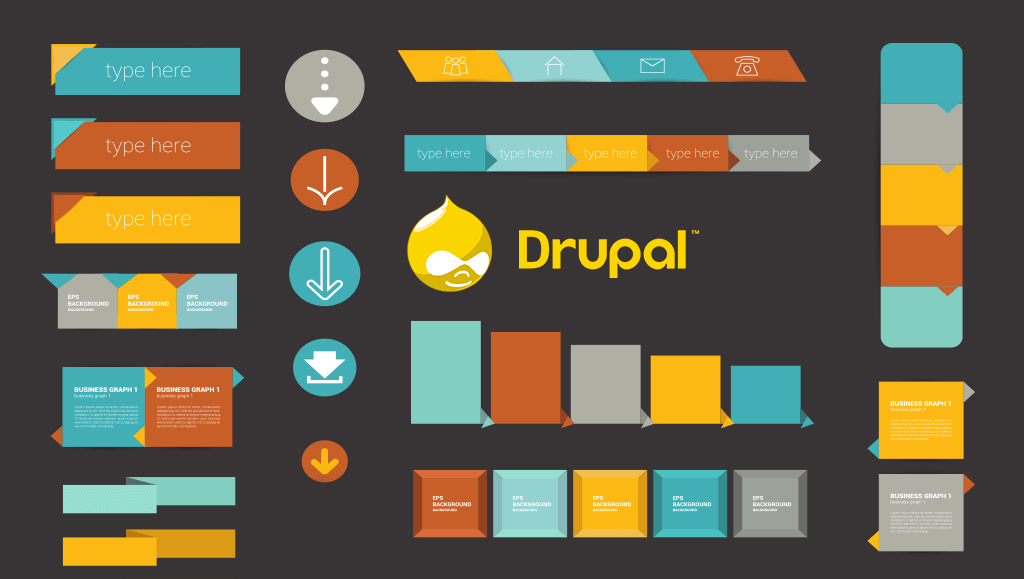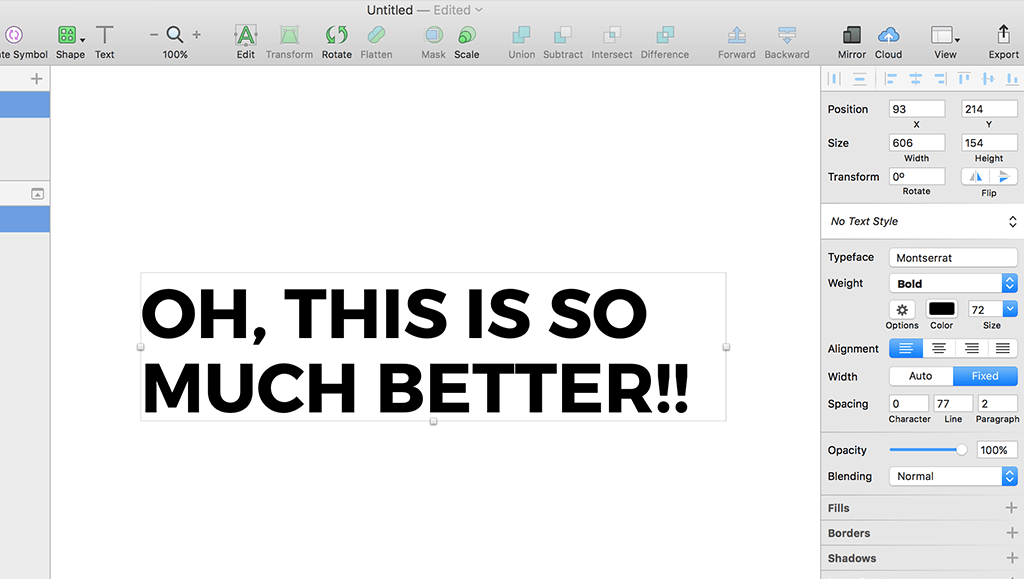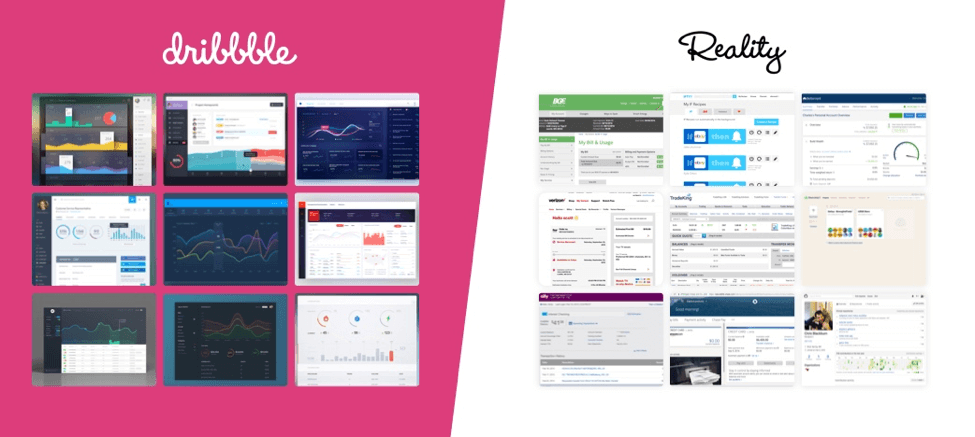
UX and UI are distinct parts of the design process, but they are so closely intertwined that one couldn’t possible exist without the other. Let’s start by defining the two so that we don’t get confused.
“User Experience” is a very broad term, but for the purpose of this discussion, let's define it simply as the engagement between the product and it’s user. UX in the digital realm is constantly evolving as the user base expands and as technological advancements allow user engagements to become incredibly efficient. Think of a simple question to lookup: “When will the next president be elected?” Not so very long ago, you would search for a website related to politics, and then you would dig through page after page, desperately looking for the answer. Today, google will give you the answer immediately, and very efficiently, thus providing an amazing “user experience.” It seems simple, but from a design perspective, maximizing UX is still an incredibly challenging process. The success of your applications UX is ultimately dependent upon the purpose of the user, and when you have to accommodate a variety of purposes from a variety of users, it can be very difficult to create a slick UX.
Once the User Experience has been determined, then the “User Interface” or UI comes into play. Lets use an example to understand UI: we are creating a website for a Pizza restaurant. We want users to come to our website, see our menu and order a pizza. A clear goal has already been established by the projected UX: we want you to order pizza. The specific layout of the webpages will be the User’s interface. In other words, the UI is the medium for ordering pizza, while the UX is how happy you are while using that medium. Determining an efficient layout for our website is not an easy task; how do we get the user from the home page to successfully clicking the “place pizza order” button?
There are infinitely many control and style choices. Early design documents are often so laden with features that their websites’ production could take years to complete. This can happen if you bury yourself in the user interface. Like the Yin and Yang, an oreo cookie, or whatever metaphor you choose, such is the natural relationship between UI and UX: the best UI design will occur when you are consistently mindful of the UX, that is, mindful of how the user will experience your site.
There are few essential rules that go into the creation of intuitive applications. UI designers are responsible for creating a cohesive style guide; they should maintain a consistent design language throughout the product. The pages of your product must communicate clearly with the projected designs of the UX.
Now that we have established the basics, what are the top UX/UI tools being used in the dev industry?
For a pre-test fee, UserTesting is a stress and hassle free tool. It can be utilized for user research and prototype testing. Testing experts can recruit the target audience for your application, remotely administer user tests, and deliver the results within an hour. The test records video footage of the user in order to gauge facial expressions and emotional responses to your application.
With Stylify Me you can copy the color hue of any website. When you enter the URL in the top search menu it reveals the exact HEX values for that site.
With UXPin you can design a website or app from start to finish. UXPin allows the user to develop lo-fi wireframes into a hi-fi prototype. UXPin provides drag and drop tools for UX interactivity, creating codeless animations, and for designing UI Patterns. UXPin works with Photoshop and Sketch so that you can convert static files into interactive prototypes without losing layers.
Sketch has very similar features to Photoshop, but Sketch was specifically designed as an image editor for digital design, while Photoshop has a broader set of tasks. Sketch uses CSS logic from the start, which makes for an easier transition into development. Sketch also has an auto-cropping feature and one-click exports into various formats. Sketch has easy navigation and convenient developer tools.
Photoline is a little less well-known, it’s a little cheaper, but it still offers some useful features like photo manipulation, nondestructive layering, vector editing, and desktop publishing. It also has multi-layered importing and exporting for EXR.
Optimizely is another tool that provides user testing, but it only does A/B testing. A/B testing compares usage data from two different versions of your product. A/B testing can help guide production decisions and early experimentation.
Once you have selected a color scheme, Color Safe helps you select the best contrast balance for readability. Improving legibility through color contrast is essential for creating an amazing UX.
XMind is a free app that is used for brainstorming. It uses open-ended “mind mapping” tools for creating diagrams. Xmind is an excellent task manager for keeping organized. The visual setup allows for quick comprehension, and for easily customizing your goals.
Mural is a digital whiteboard with efficient tools for collaboratively designing the UX. Your team can use Mural to brainstorm and organize concepts. It supports files from Youtube, Vimeo Slideshare, Google Drive, and Evernote.
Google made Resizer to help devs create responsive layouts. Google describes it as an interactive viewer. Resizer is intended to test for Material Design breakpoints across desktop, mobile, and tablet. Resizer can populate the website from any URL into a variety of layouts. Then you can see which layouts work best for each screen size.
What do you think the future of design will look like?

 A website can wear multiple hats for a company it can be your brand, your online presence, your salesperson, the first impression with a user or a potential customer and much more. There is no doubt that your website can play various roles that’s why it’s important to understand if your company website is effective, and if not,
A website can wear multiple hats for a company it can be your brand, your online presence, your salesperson, the first impression with a user or a potential customer and much more. There is no doubt that your website can play various roles that’s why it’s important to understand if your company website is effective, and if not, 










